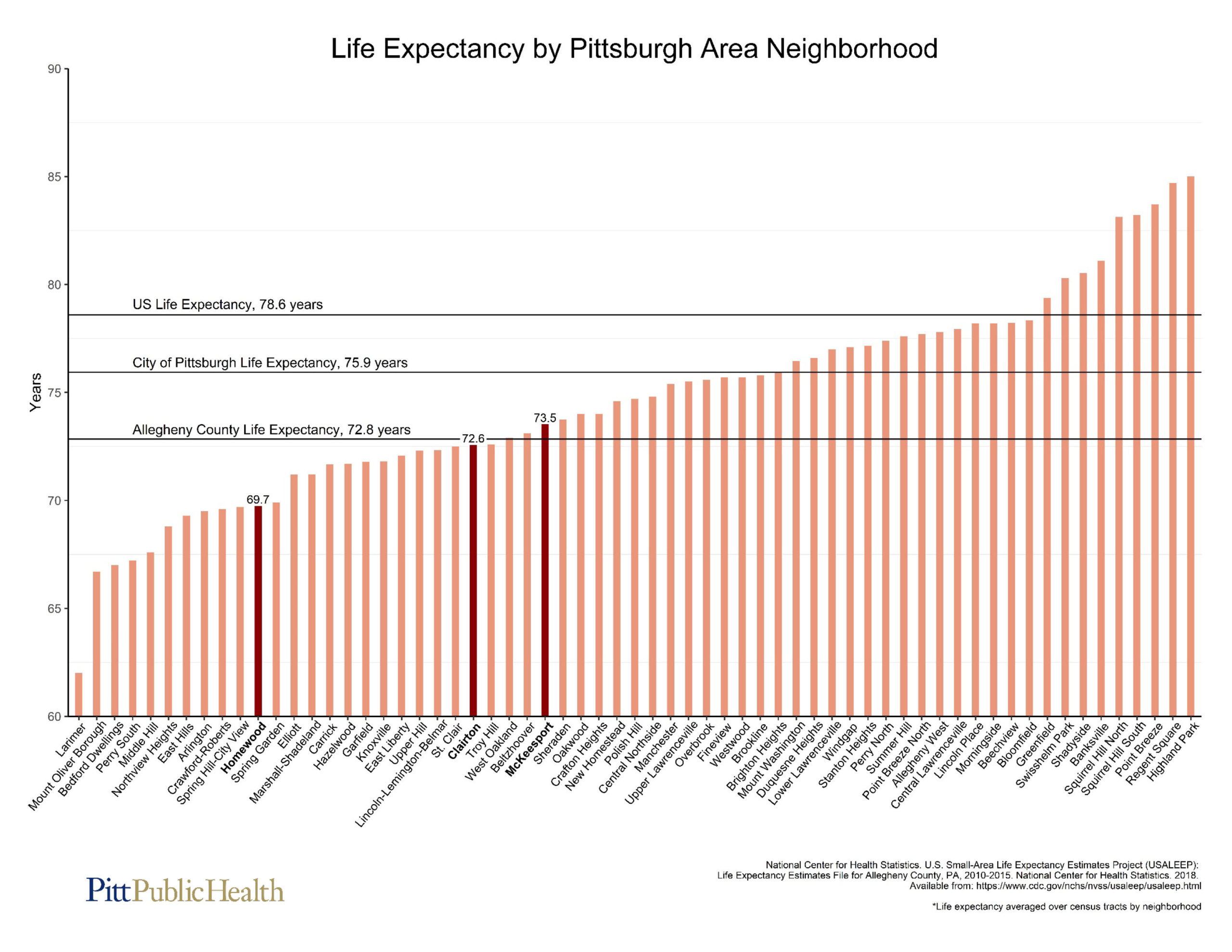PETER GIANAROS, PHD
Our neighborhoods are places in which we spend a lot of time—in our homes, with friends and community members, at school, in places of worship and at jobs. So it’s no surprise that researchers are finding more evidence that our neighborhoods influence our health. In fact, where we live can affect—and be an indicator of—health in ways similar to how we live.
Researchers are looking into the ways that environmental factors and health intersect and affect one another. Peter Gianaros, PhD, professor of psychology, Dietrich School of Arts and Sciences, University of Pittsburgh, studies how the human brain links stress and heart health and how environmental factors relate to both stress and heart health. Dr. Gianaros is part of a team of researchers who look at features of neighborhoods and ask questions about how those features might relate to signs of stress—and then how those features might relate to cardiovascular disease (CVD). His colleagues include Anna Marsland, PhD, and Elizabeth Votruba-Drzal, PhD, both professors of psychology at Pitt, as well as Portia Miller, PhD, research associate at the Pitt Learning and Research Development Center.
“We want to understand neighborhood-to-neighborhood differences in health and the factors contributing to it,” says Dr. Gianaros. “We’re especially interested in how the human brain generates an experience of psychological stress that can affect the body in a way that might influence a person’s heart health. We also want understand how stress may be affecting the brain and whether aspects of the environment are contributing to the effects of stress on the brain.”
Dr. Gianaros and his team have published studies looking at census-based indicators of resource distribution across different neighborhoods. They found that people who live in communities that are economically disadvantaged have patterns of stress-related hormones—particularly cortisol—that are related to early signs of cardiovascular disease and brain aging. They are now trying to understand the specific neighborhood features that might be contributing to such risks for poor health.
For instance, Dr. Gianaros and his colleagues published research (https://ehp.niehs.nih.gov/doi/10.1289/EHP7089) showing the effects of living in neighborhoods with specific pollutants. Using blood samples from study participants, the researchers looked at how immune cells responded to substances foreign to the body. The cells of participants who lived in more polluted neighborhoods had exaggerated immune responses. Such responses can be associated with more inflammation throughout the body and to certain health conditions, like asthma.

Even further, Dr. Gianaros and colleagues are trying to better understand what census measures are actually indicating about communities. Census data like median house or property values do not provide a complete picture of a neighborhood. So they are digging into the measures to determine whether they reflect information about green space, pollution, proximity to highways, easy access to health care or overall safety. More research may eventually provide evidence to help support policy changes that could break the link between zip code and unwanted health outcomes.
If where we live causes stress, that can affect health, too.
“Stress is not just in your head,” says Dr. Gianaros. “It’s in your body—an actual physical effect we can measure. It can powerfully shape physical health and how well we grow and age. We are learning more every day about how stress can ‘rewire’ the brain to affect how it functions. Our biggest challenge is to better understand all the factors that might contribute to stress, as well as how we can change them for the better. We’re learning that many of these factors are more or less present across different neighborhoods.”
This scientific understanding about the connection between our neighborhoods and our health may also lead to preventative health measures that people and policy makers could act on in the future.
To learn more about research by Dr. Gianaros and his colleagues, visit https://www.healthyheart.pitt.edu.
